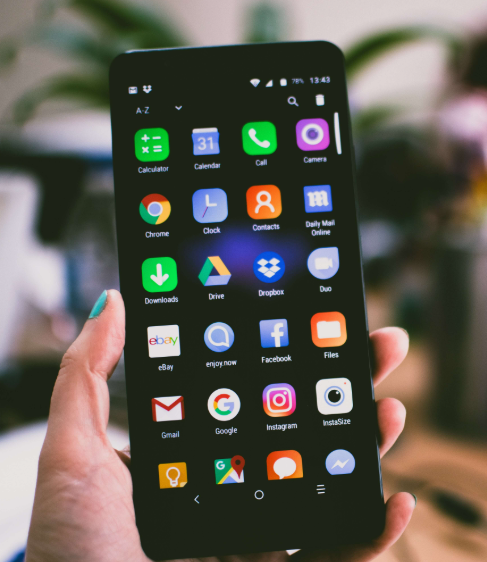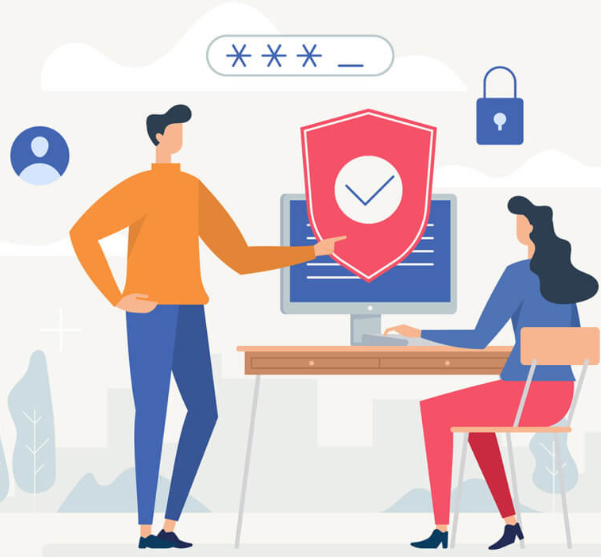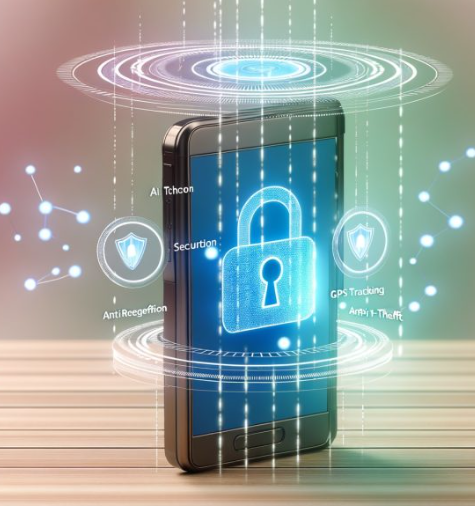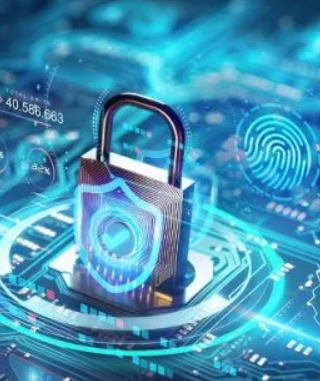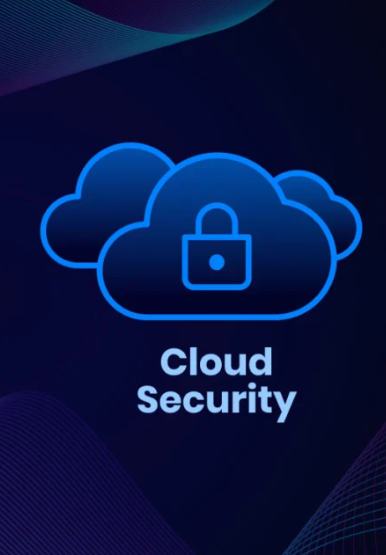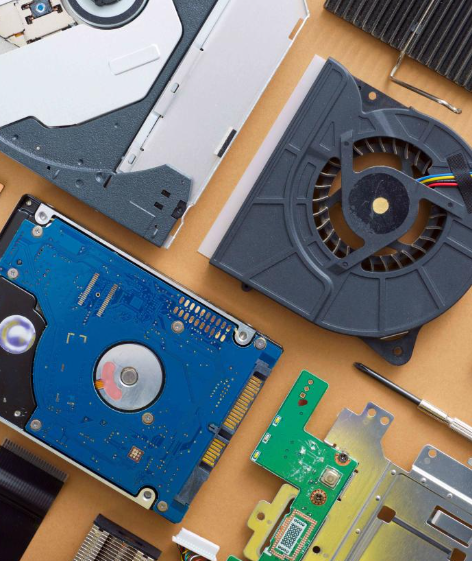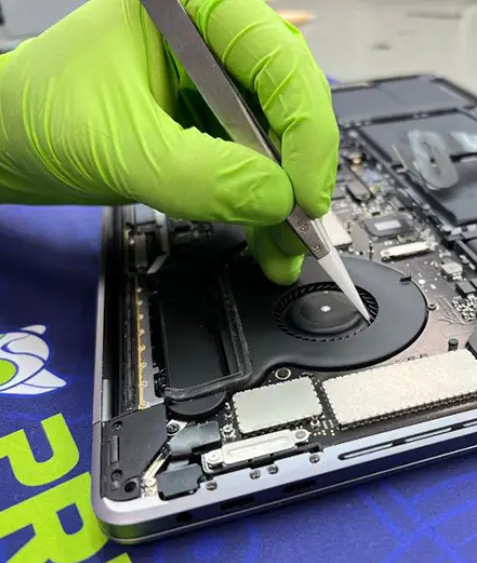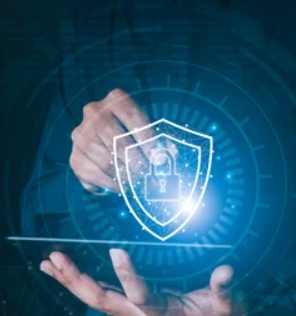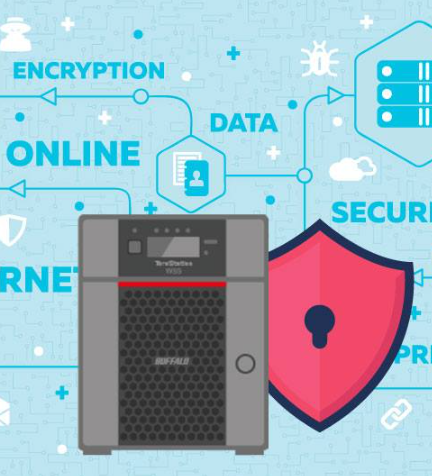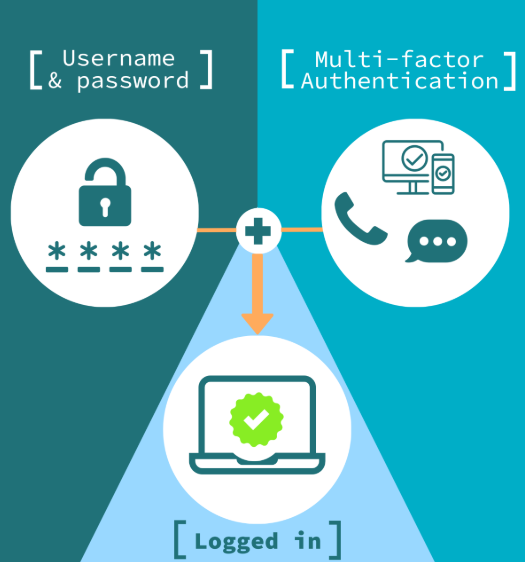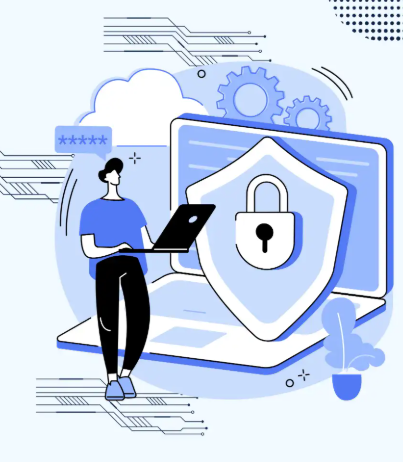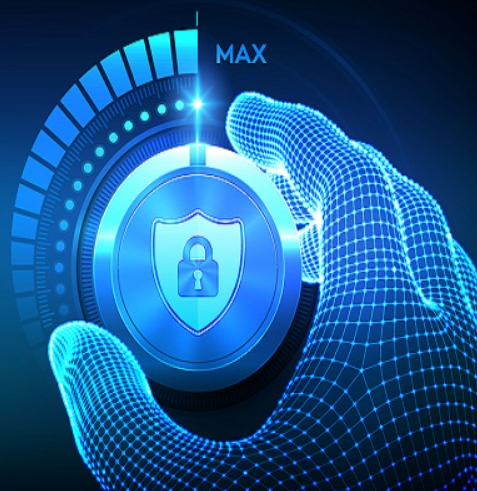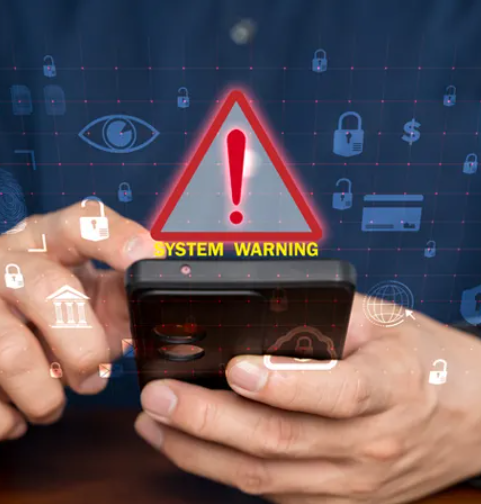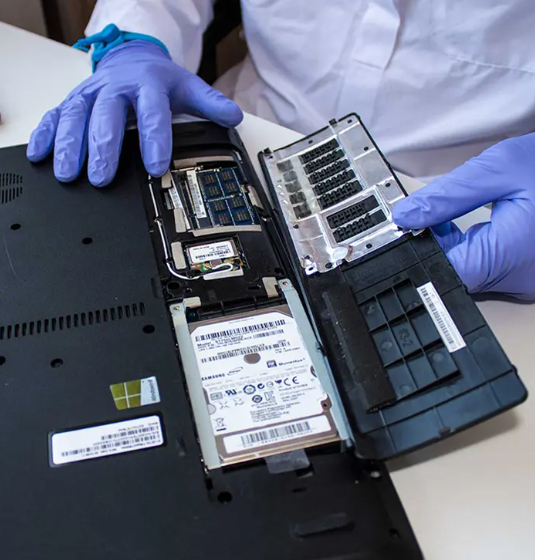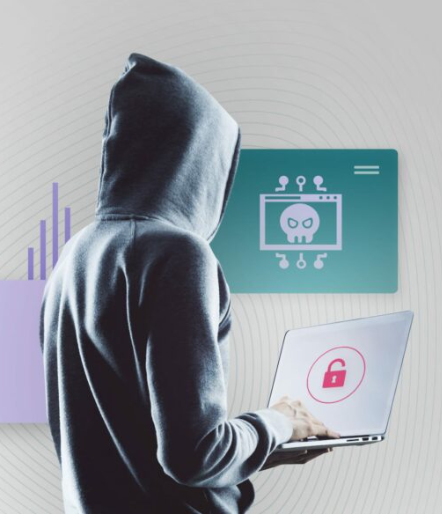
In today’s digital landscape, the methods we use to secure our personal and professional data are under constant pressure to evolve. Passwords, once the standard in online protection, are increasingly showing their age. With cyberattacks becoming more advanced, the traditional approach to authentication is no longer sufficient. That’s why passwordless authentication is gaining traction — a forward-thinking strategy that promises both stronger security and a smoother user experience.
Why Passwords No Longer Cut It
Passwords have served as digital gatekeepers for decades, but their effectiveness is steadily diminishing. Users frequently opt for simple, easily remembered combinations or reuse the same credentials across various platforms. These habits create vulnerabilities that cybercriminals are quick to exploit. Even the strongest password can fall prey to brute-force attacks or data breaches.
On top of that, phishing remains a persistent threat. Cleverly disguised emails and websites deceive users into handing over their login details. Even the most security-conscious individuals can be caught off guard. Meanwhile, the sheer volume of logins we manage daily leads to what’s known as “password fatigue” — a sense of overload that pushes users toward insecure shortcuts.
For organizations, password management can also be a logistical headache. Reset requests clog IT help desks, while password-related incidents eat up valuable resources. The mounting complexity and risk make it clear: the password problem needs a better solution.
How Passwordless Authentication Changes the Game
Passwordless authentication bypasses the need for passwords entirely, relying instead on more secure and intuitive ways to verify identity. This can include biometrics, secure physical devices, and other forms of verification that are less prone to compromise.
Biometric Verification
Your fingerprint, face, or even voice can serve as a digital key. These unique identifiers are not only convenient but much harder to replicate or steal. Modern biometric systems use advanced algorithms to recognize subtle variations, making it difficult for attackers to trick them.
Secure Devices and Tokens
Items you physically own—like a smartphone, USB key, or smart card—can be used to authenticate access. These tools use cryptographic techniques to ensure that only authorized users can complete the login process. Standards such as FIDO2 and WebAuthn enable secure communication between the device and the service without ever exposing sensitive data.
Knowledge-Based Prompts
While not as secure on their own, knowledge-based elements like PINs or security questions can complement stronger forms of authentication. These are sometimes used as fallback methods or part of a multi-factor setup, especially in environments where full passwordless systems are not yet feasible.
Taking the First Steps Toward a Password-Free Experience
Shifting away from passwords doesn’t require a complete overhaul overnight. There are gradual steps anyone can take to begin transitioning to a more secure, passwordless future.
Start with Built-In Biometric Options
Most modern devices offer biometric login features. For example, Windows users can enable fingerprint or facial recognition through Windows Hello, while Mac users can activate Touch ID. Setting these up can instantly simplify login routines while enhancing security.
Use Authentication Apps
Apps like Microsoft Authenticator, Google Authenticator, and Authy provide time-sensitive codes used for account access. These one-time passwords (OTPs) add a layer of protection and are widely supported by email providers, social networks, and financial services.
Invest in a Security Key
Hardware security keys such as YubiKey offer high-level protection by generating encrypted keys specific to each site or service. They’re ideal for users who want maximum security without compromising convenience.
Choose Services with Passwordless Options
Many platforms now allow login through trusted identity providers like Google or Apple. Others offer features like magic links or SMS-based access codes, eliminating the need for memorized credentials.
Use Multi-Factor Authentication in the Meantime
Until all services support passwordless access, enhance your security by enabling multi-factor authentication wherever possible. This adds an extra layer of defense and significantly reduces the chance of unauthorized access—even if your password is compromised.
Moving Forward with Confidence
It’s clear that relying on passwords alone is no longer a viable option. The growing threats in cyberspace call for smarter, stronger, and more user-friendly security measures. Passwordless authentication represents a crucial step in that direction, offering both individuals and businesses a way to reduce risk without sacrificing convenience.
Adopting these new tools and practices may take time, but even small changes can make a big difference. Whether it’s enabling biometrics on your phone or investing in a hardware key, each step brings you closer to a safer digital environment. The path to a passwordless future starts now—and it’s one worth taking.


